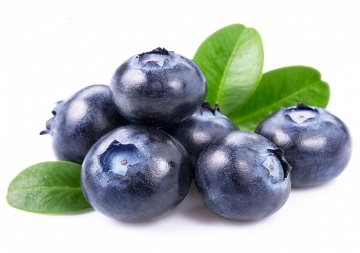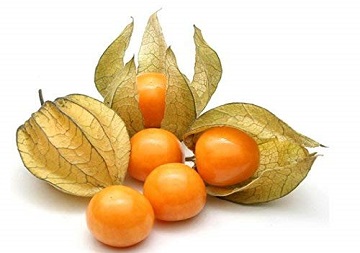Blackberries
Blackberry, usually prickly fruit-bearing bush of the genus Rubus of the rose family (Rosaceae), known for its dark edible fruits. Native chiefly to north temperate regions, wild blackberries are particularly abundant in eastern North America and on the Pacific coast of that continent and are cultivated in many areas of North America and Europe. Blackberries are a fairly good source of iron, vitamin C, and antioxidants and are generally eaten fresh, in preserves, or in baked goods such as cobblers and pies.
Closely related to raspberries (also in the Rubus genus), blackberry plants have biennial canes (stems) covered with prickles and grow erect, semi erect, or with trailing stems. The compound leaves usually feature three or five oval, coarsely toothed, stalked leaflets, many of which persist through the winter. Borne on terminal clusters, the flowers are white, pink, or red and produce black or red-purple fruits. Though commonly called berries, the fruits of Rubus species are technically aggregates of drupelets. Unlike the hollow fruits of raspberries, the drupelets of blackberries remain attached to a juicy white core, thus distinguishing the two.






